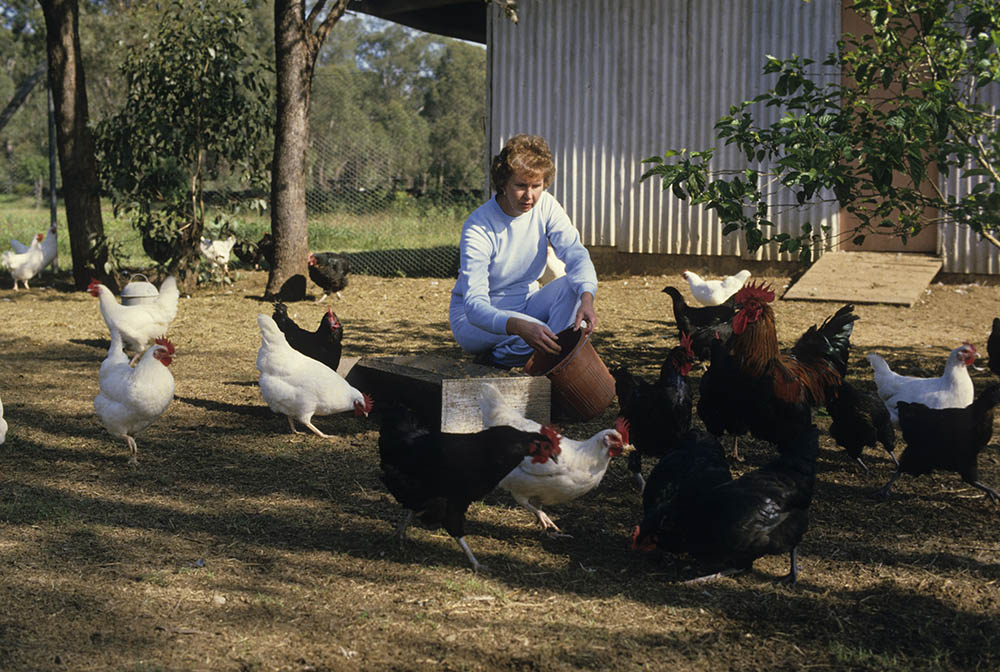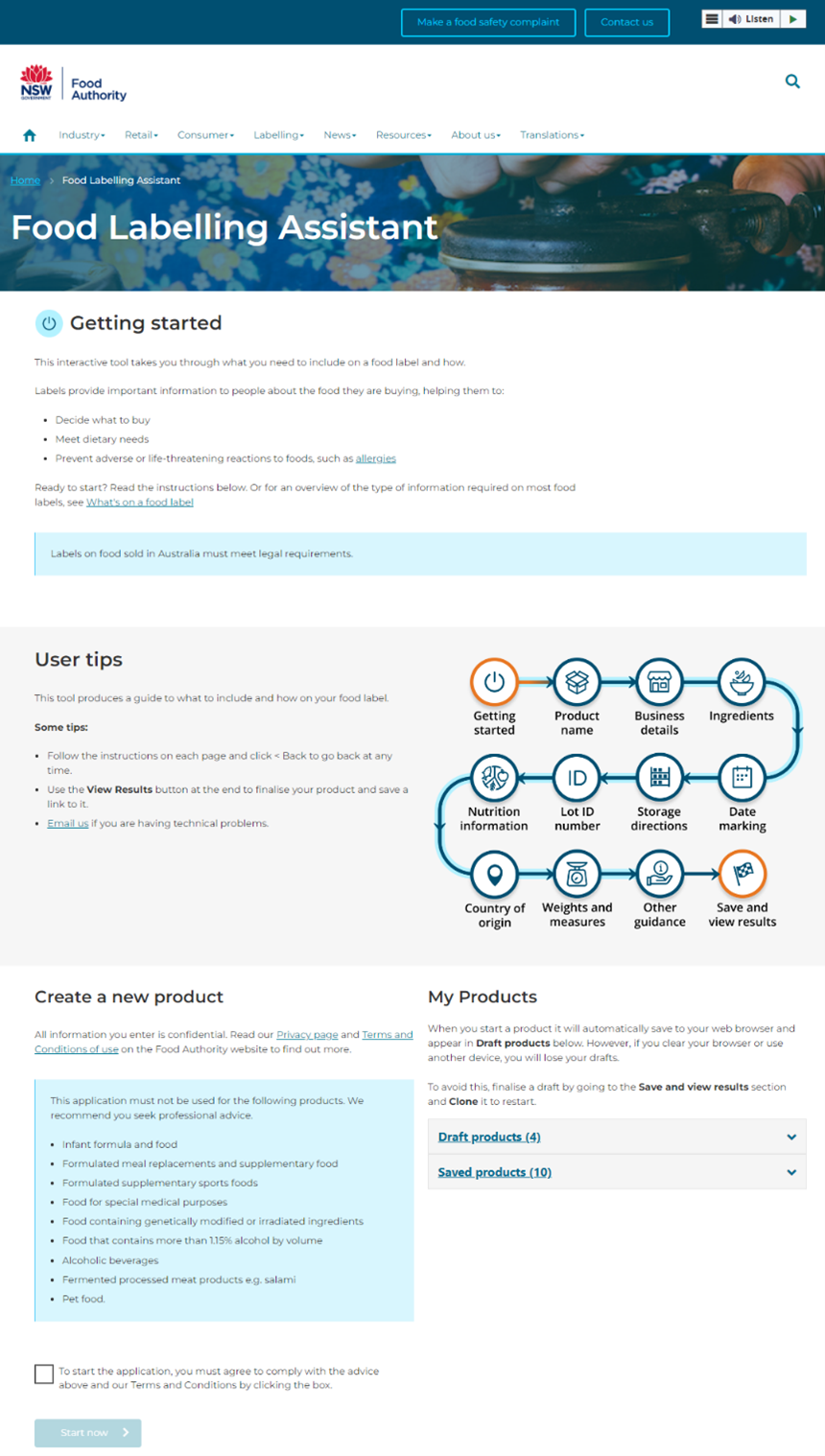- GVP $832 million est. Up 8% year-on-year.
- Retail volumes declined in early 2022 due to processing and supply constraints.
- Food service sector volumes grew year-on-year as COVID-induced lockdowns and travel restrictions eased.
Production
Price
Despite the temporary Omicron interruption to chicken supply, annual consumption rose, up by a marginal 1% year-on-year to 48.8 kg/person. 90 A 3-year investigation into the demand drivers for chicken meat in Australia found that most consumers are largely driven by price and cut, with the type of production system also taken into consideration. 229
Relative importance of product characteristics when shopping for chicken meat 229
- Mean
- Standard deviation
Trade
The total value of NSW poultry meat exports for 2021-22 rose year-on-year, up 58% to $19.4 million. 35 The Philippines was the largest market and the main driver behind export growth, increasing in value by 237% year-on-year. 35
Macroeconomic conditions
Processing operations, wholesale market volumes, and prices, largely recovered by Q4 2022 however, due to the ongoing tight labour market, some supply chain operations continued to be negatively affected. 228
Feed costs increased despite the increased domestic supply, driven by international market volatility and tight global grain stocks. Global soymeal pricing in particular was stronger as global consumption outstripped supply. Soybean meal is a major source of protein for the Australian poultry industry and Australia is a net importer of soybean due to a significant shortfall in domestic production.

Outlook
Stronger Primary Industries Strategy
Food Labelling Assistant for SME’s
Food labelling is complex and the risks associated with incorrect labelling can be life threatening. Incorrect labelling is the leading cause of undeclared food allergen recalls and the third largest category of food safety reports and complaints to the NSW Food Authority.
Changes to food labelling laws add to the challenges faced by small to medium enterprises (SMEs) in particular, namely Plain English Allergen Labelling (PEAL) reform that commenced in February 2022.
SME’s do not have the same access as big businesses to internal labelling expertise or costly professional legal advice. This includes the home-based business sector, which continues to grow and these entrants to the food industry often have little prior knowledge or experience of food labelling. The COVID-19 pandemic has also seen diversification of many cafes and restaurants that have turned their kitchens to producing labelled foods for sale.
Strategic Outcome


The tool is complemented by Do I need a food label?, an interactive online quiz that provides guidance on whether a label is needed, or if there are other information requirements.
The Food Labelling Assistant can be used to:
- Learn about food labelling requirements, section by section.
- Produce a guide specific to a food product.
- Save a draft to return to and finish later.
- View a guide specific to a product on screen, save it and download it in a PDF format.
- Clone a saved product to start a new one that is similar, without starting from scratch.
- Create a link that can be saved and shared.
There are some labelling requirements that fall outside the remit of the Food Authority. For example, Country of Origin. Taking a customer centric approach, the Food Labelling Assistant consolidates all labelling requirements in one place, providing succinct information and direct links for requirements regulated by other agencies. This streamlines information for businesses who have a comprehensive starting point for their food labelling needs.
Additional functionality and enhancements are expected to be built into the Food Labelling Assistant over time, in response to user feedback and analytics once a review of version one is complete.


